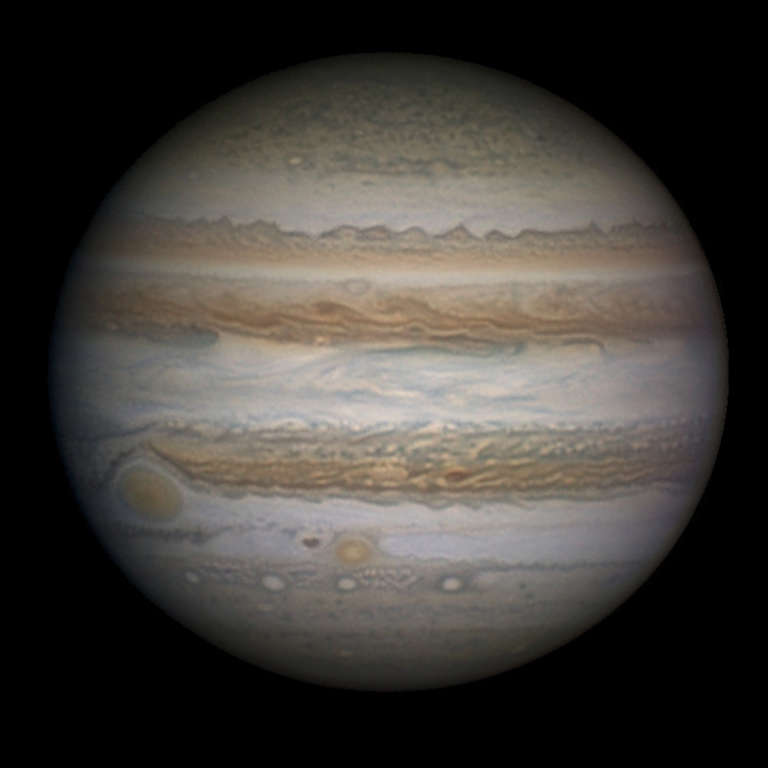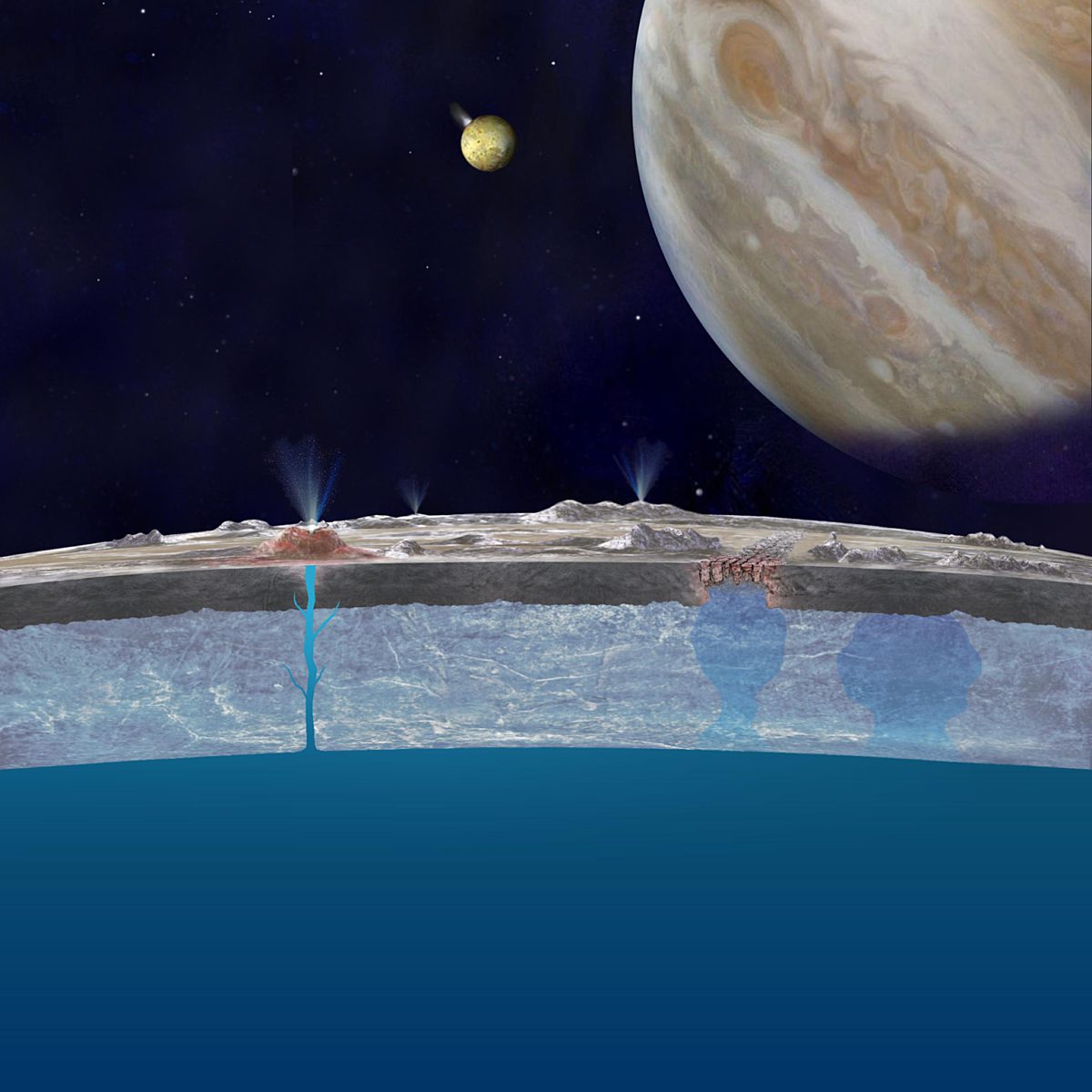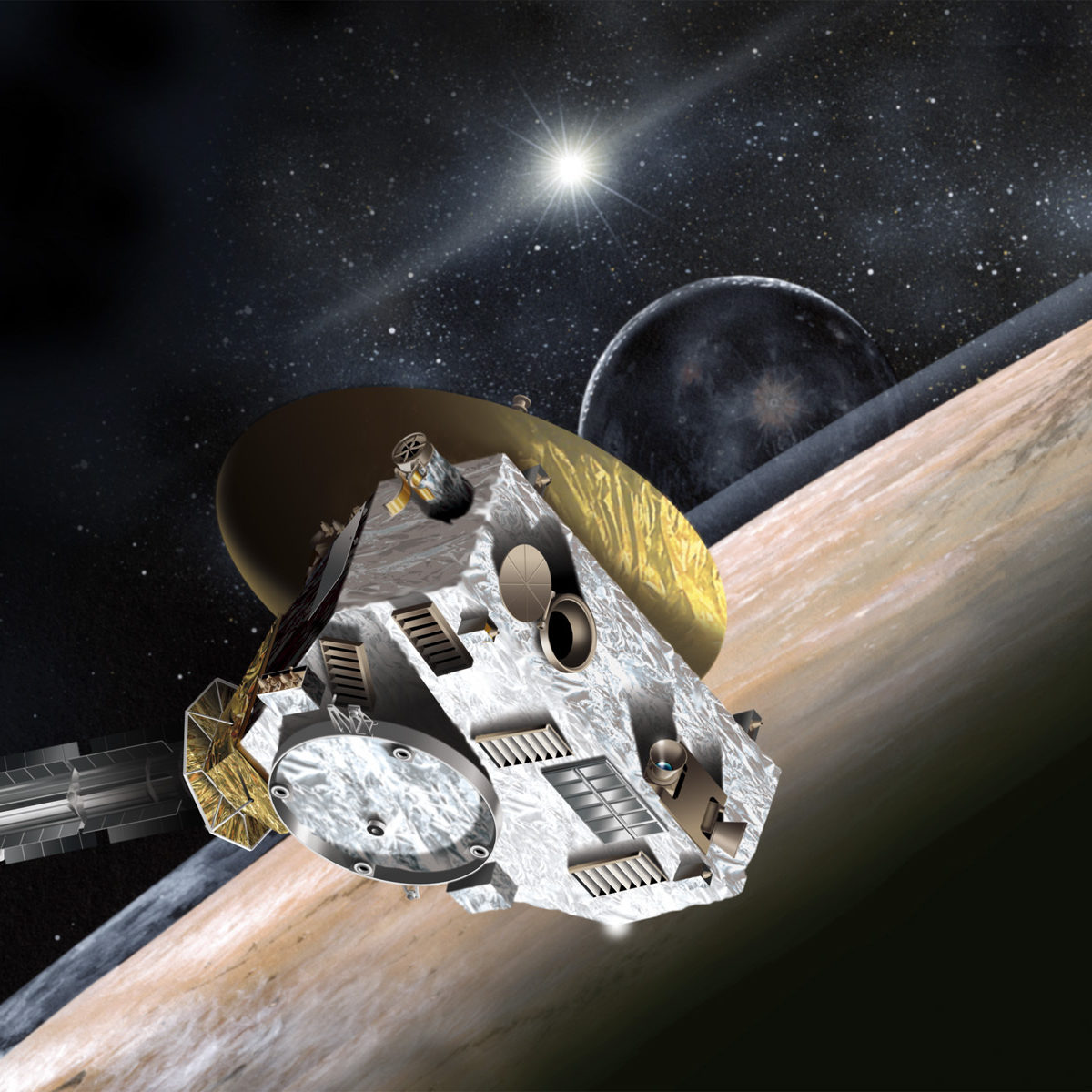All
All
Stories, updates, insights, and original analysis from The Planetary Society.
ALMA Adventure--Complete Interviews With Planetary Radio Guests
The extended, mostly unedited recordings of my conversations with many of the people I spoke to at the ALMA Observatory in Chile. Also, the full English translation of Chilean President Sebastian Pinera's speech.
Checking in on Jupiter
We don't have any spacecraft at Jupiter right now, which is a pity. Until we do, we have to rely upon Earth-based astronomers to monitor the changing face of the largest planet.
Atacama Diary for March 10, 2013--Pisco Sours and Liquid Helium
Great dinner and great conversation with staff of the National Radio Astronomy Observatory, topped by Chile's national drink.
Atacama Diary for March 8, 2013-Noon at LAX
Another audio blog post, with excerpts from the National Science Foundation briefing on the ALMA Observatory, edited while I was waiting for my planet to Chile at LAX.
Sea Salt
Ever wonder what it would taste like if you could lick the icy surface of Jupiter’s Europa? The answer may be that it would taste a lot like that last mouthful of water that you accidentally drank when you were swimming at the beach on your last vacation.
Atacama Diary for March 2, 2013--ALMA Explained
The second in a series of audio blogs chronicling my trip to the driest spot on Earth, Chile's Atacama desert, to see the inauguration of the ALMA Observatory. Al Wootten and Alison Peck tell the story of ALMA.
Planetary Society Weekly Hangout: Studying Asteroids from Earth with Andy Rivkin
Emily Lakdawalla's guest this week was Applied Physics Laboratory asteroid astronomer Andy Rivkin. We talked about the menagerie of rocks in the asteroid belt, how many of them travel in pairs and triples, how some of them are surprisingly wet, and how much you can learn about asteroids using Earth-based telescopes.
Atacama Diary
The first in a series of audio blogs chronicling my trip to the driest spot on Earth, Chile's Atacama desert, to see the inauguration of the ALMA Observatory.
Why don't we have any photos of asteroid 2012 DA14 if it came so close?
A frequently-asked question last week was: if asteroid 2012 DA14 is coming so close to Earth, why hasn't anyone taken any pictures of it? Now that 2012 DA14 has whizzed past us, we do finally have some radar pictures of it, but they still may not satisfy everyone.
Observing 2012 DA14
Mostly the Universe stays unchanged for hundreds, thousands or even millions of years. There are some cases however when some things change really rapidly. Recently I observed one of these rapidly changing, transient phenomena, as asteroid called 2012 DA14. I work for Las Cumbres Observatory and we have been trying to observe this asteroid since 5 February.
Stars, and stars, and stars: pretty pictures from the European Southern Observatory
My solar system chauvinism is well-established, but I am as much a sucker for beautiful astrophotos as the rest of you. Once in a while I get a media advisory from the European Southern Observatory about a new pretty picture posted on their website, and then I inevitably lose an hour following links to one stunner after another.
The Astronomy Budget Squeeze
It's not just the Planetary Sciences division within NASA that's under harsh budgetary times. The NSF Division of Astronomical Sciences is facing a choice between funding scientists and funding telescopes. A report from the 221st AAS meeting in Long Beach.
Asteroid 4179 Toutatis' upcoming encounters with Earth and Chang'E 2
Near-Earth asteroid 4179 Toutatis will be passing within 7 million kilometers of Earth on December 12. Both radio telescopes and the Chang'E 2 spacecraft will be acquiring images.
DPS 2012: Double occultation by Pluto and Charon
A few talks at last week's Division for Planetary Sciences meeting discussed observations of a double occultation -- both Pluto and Charon passing in front of the same star.
DPS 2012: Future impact risks
Continuing my writeup of notes from last week's Division for Planetary Sciences meeting: presentations on the risks of future asteroid impacts. How much risk do we face, and what are the appropriate actions to take in the face of that risk?
DPS 2012: The most detailed images of Uranus' atmosphere ever
New ground-based images of Uranus show more finely detailed structure than any photos I have ever seen.
Following up the dark spot on Uranus
It was a surprise and delight to have our Icarus paper highlighted in Emily Lakdawalla's blog. Thanks for highlighting Uranus, since it has gotten, ahem, a bum rap over the years. Here's more about our discovery of the dark spot on Uranus.
Optical SETI Gets a Major Upgrade
The Planetary Society Optical SETI Telescope in Harvard, Massachusetts just got a major upgrade of its electronics.
Virtual Star Parties
Hang out with Fraser Cain and amateur astronomers all over the world in Cosmoquest's Virtual Star parties conducted over Google+. Here's how -- plus an inspiring video produced by Google to show just how cool this is.
Artist's views of a night sky transformed by a galaxy merger
A measurement of the Andromeda galaxy's proper motion shows it's coming directly at us, and will collide with the Milky Way in 4 billion years. The event will transform the appearance of our night sky.


 Explore Worlds
Explore Worlds Find Life
Find Life Defend Earth
Defend Earth


 Sun
Sun Mercury
Mercury Venus
Venus Earth
Earth Mars
Mars Jupiter
Jupiter Saturn
Saturn Uranus
Uranus Neptune
Neptune Small Bodies
Small Bodies














